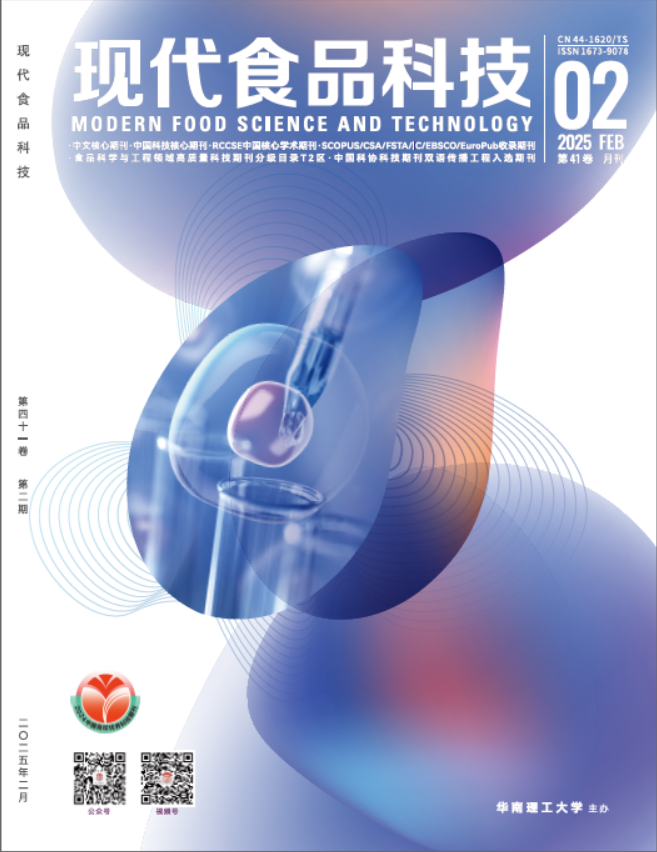Abstract:
This study investigated the effects of bamboo shoot powder on the quality and functional properties of flour products including steamed buns, noodles, and biscuits. The products were prepared from wheat flour fortified with varying mass fractions of bamboo shoot powder (0%, 1%, 2%, 3%, 4%, 5%). Steamed buns were used to clarify the effects of the mass fraction of bamboo shoot powder on the whiteness, specific volume, texture, and sensory properties, while noodles were evaluated to determine the effects of the mass fraction of bamboo shoot powder on the texture, stretching, cooking, and sensory properties of noodles. Biscuits were used to determine the effects of the mass fraction of bamboo shoot powder on the color, specific volume, texture, and sensory properties of biscuits. The results showed that the comprehensive quality of steamed buns, noodles, and biscuits was the highest when the mass fraction of bamboo shoot powder was 2%. For steamed buns, biscuits, and noodles made from wheat flour fortified with 2% bamboo shoot powder, the cholesterol adsorption capacity reached 41.55, 31.01, and 33.22 mg/g, respectively; the NO2- removal capacity reached 37.93%, 41.33%, and 25.95%, respectively; and the cation exchange capacity reached 128.00, 133.33, and 122.67 mmol/g, respectively, showing significant improvements compared with the corresponding control groups. Furthermore, functional properties, such as the water-holding capacity, oil-holding capacity, and sodium cholate adsorption capacity, also improved compared to the corresponding control groups. In summary. fortification with an appropriate mass fraction of bamboo shoot powder can significantly improve the quality and functional properties of flour products, potentially aiding the development and utilization of bamboo shoot powder and nutritional enhancement of flour products.

